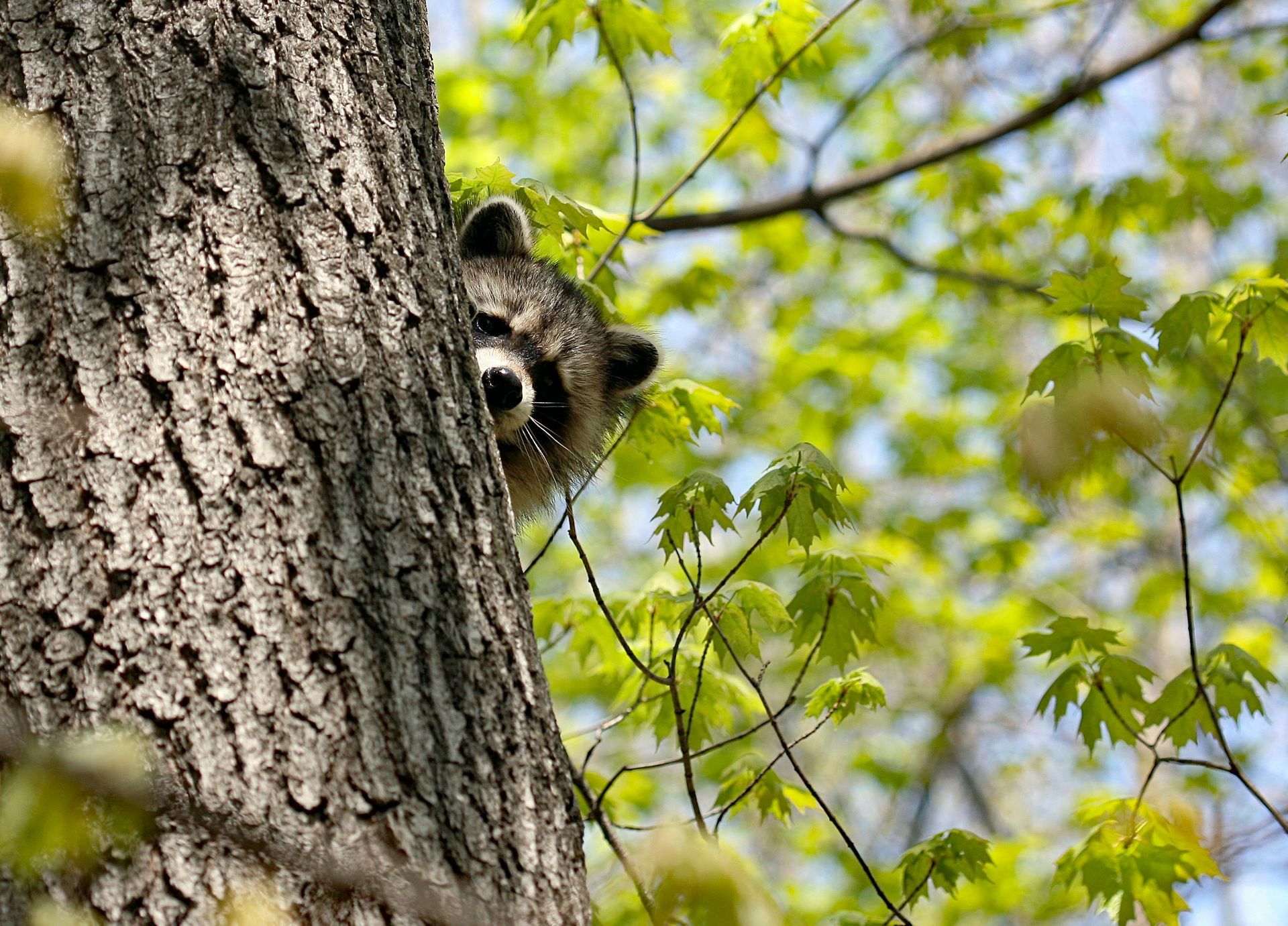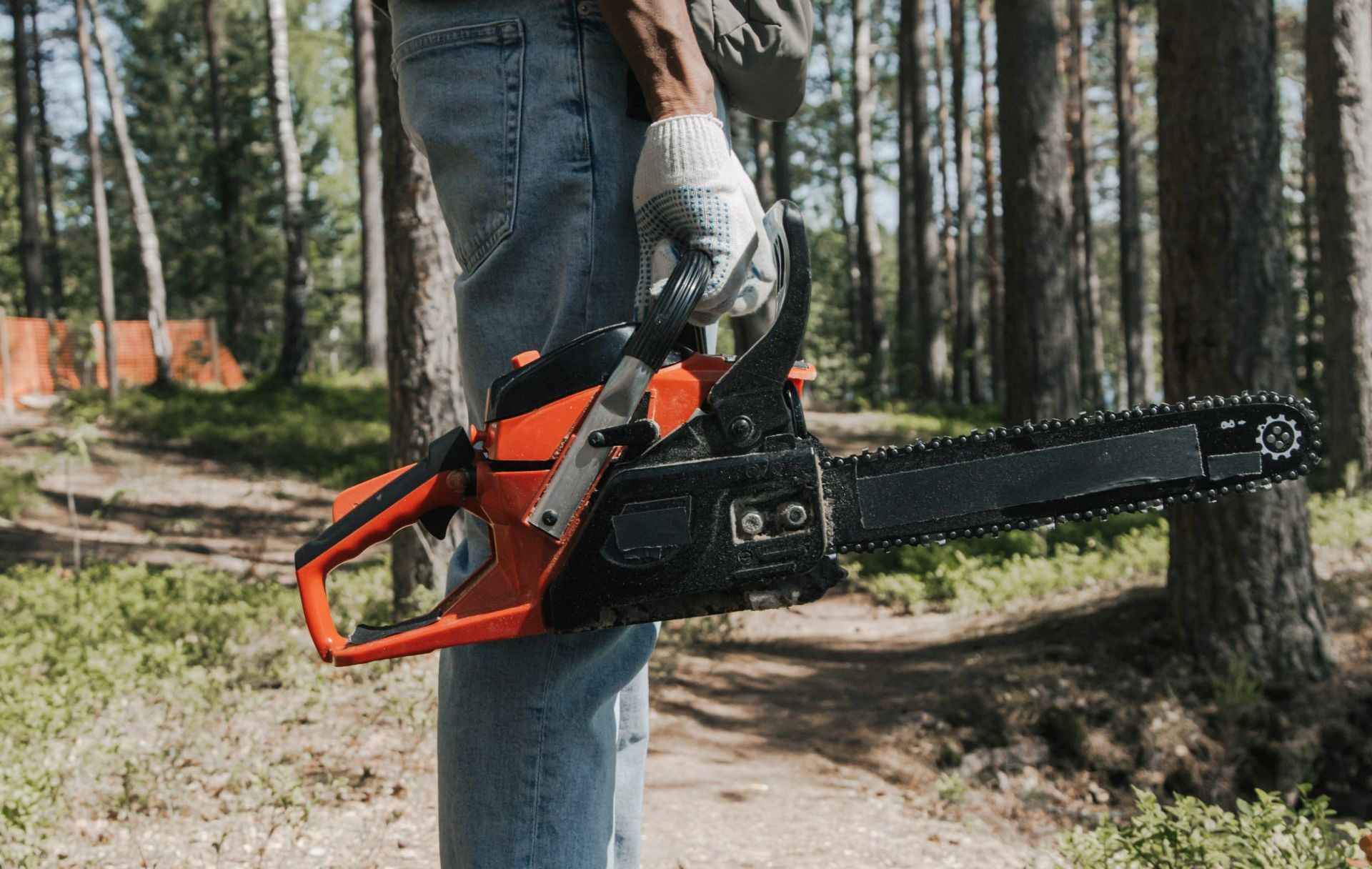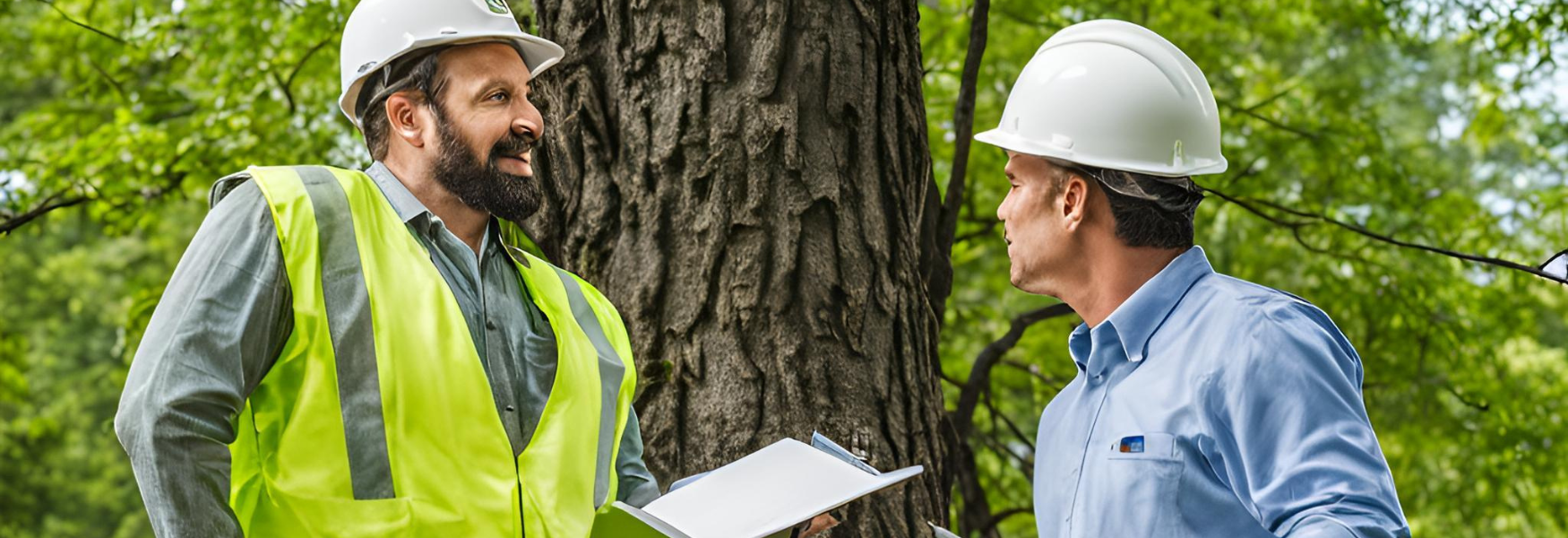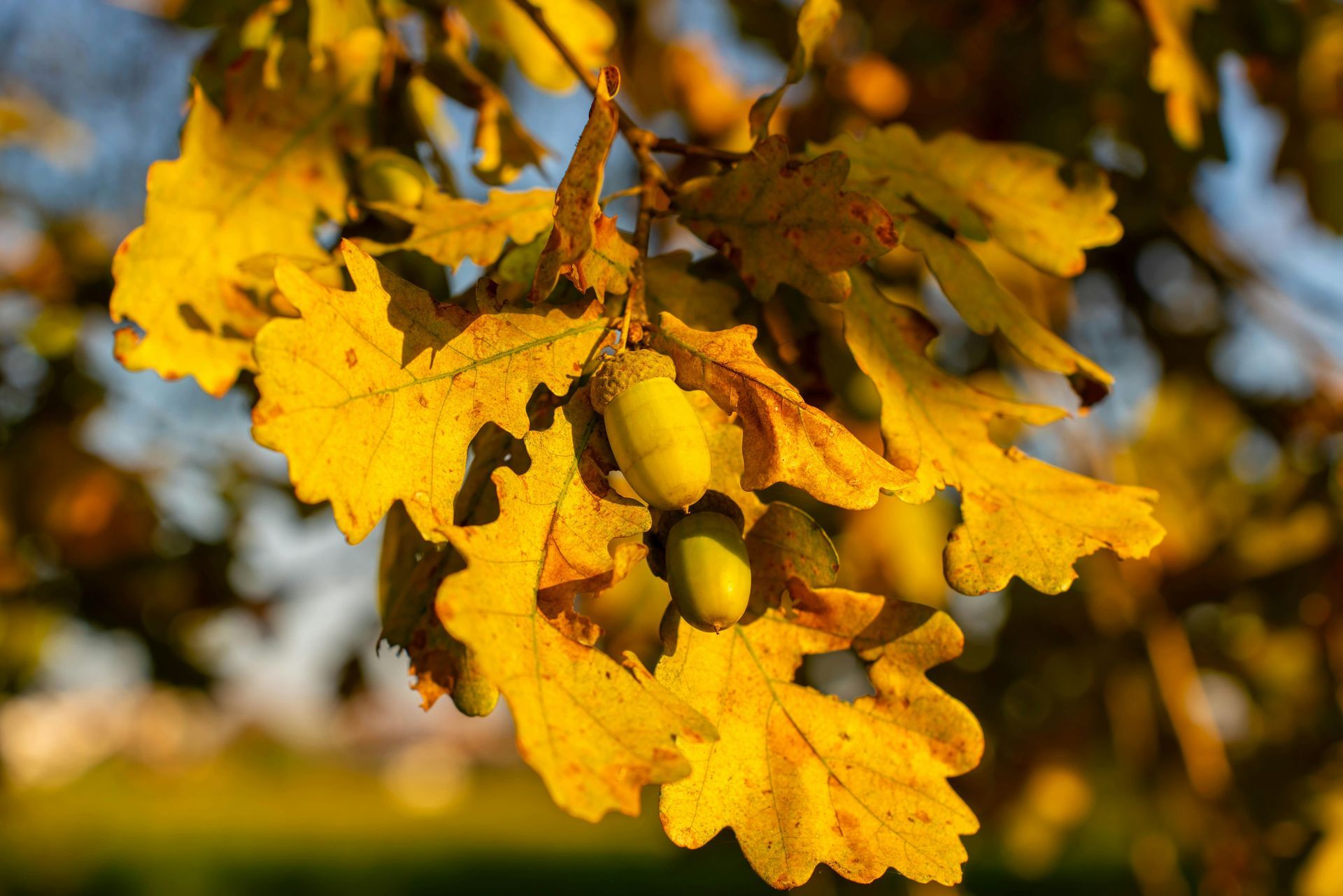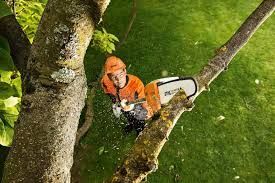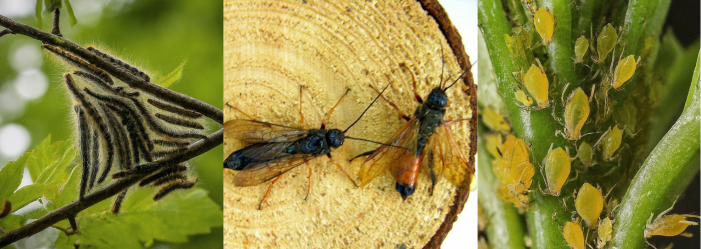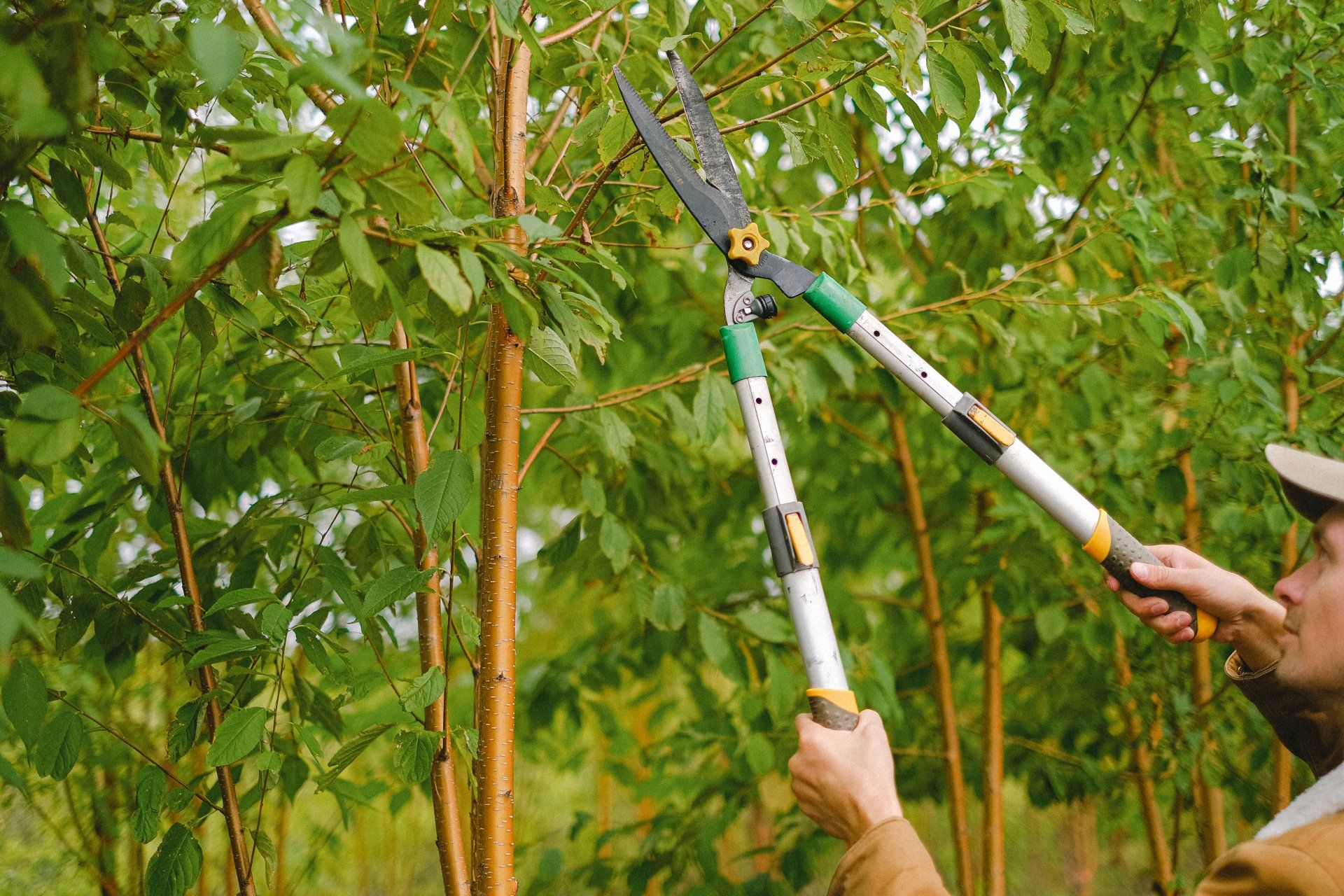Five-Point Action Plan for Safe Tree Cutting After a Storm
Joe LiPuma • March 27, 2024
Five-Point Action Plan for Safe Tree Cutting After a Storm:
- Assess the Situation: Before any cutting begins, thoroughly evaluate the condition of the trees. Look for visible signs of damage such as leaning, cracks, split branches, or uprooted roots. Determine the stability of the tree and identify any hazards such as nearby power lines, buildings, or other obstacles.
- Plan the Approach: Develop a strategic plan for safely removing the damaged trees. Consider factors such as the direction of fall, potential obstacles, and escape routes. Determine the appropriate tools and equipment needed for the job, including chainsaws, ropes, safety gear, and personal protective equipment (PPE).
- Implement Safety Measures: Prioritize safety throughout the cutting process. Ensure all personnel involved are properly trained and equipped with the necessary safety gear, including helmets, goggles, gloves, and steel-toed boots. Establish a clear communication system and designate a safety officer to oversee operations and monitor for potential hazards.
- Follow Proper Cutting Techniques: Utilize proper cutting techniques to safely fell and remove damaged trees. Begin by making a notch on the side of the tree facing the desired direction of fall, then make a back cut on the opposite side slightly above the notch. Use caution to avoid kickback, pinching, or other hazards associated with chainsaw operation. Consider the use of ropes and rigging techniques to control the direction of fall and prevent damage to surrounding property.
- Dispose of Debris Safely: Once the trees are safely removed, properly dispose of the debris to prevent further hazards. Cut branches into manageable sizes and stack them away from work areas to minimize tripping hazards. Consider recycling or mulching the debris when possible. If burning is necessary, obtain any required permits and follow local regulations to ensure safe and responsible disposal.
By following this five-point action plan, you can mitigate the risks associated with cutting down trees after a storm and ensure the safety of both personnel and property. Always prioritize safety and exercise caution when working with damaged or unstable trees.
This is all very dangerous work. We suggest you call a certified tree care professional like Anjoe Tree Service at 518-482-5773.
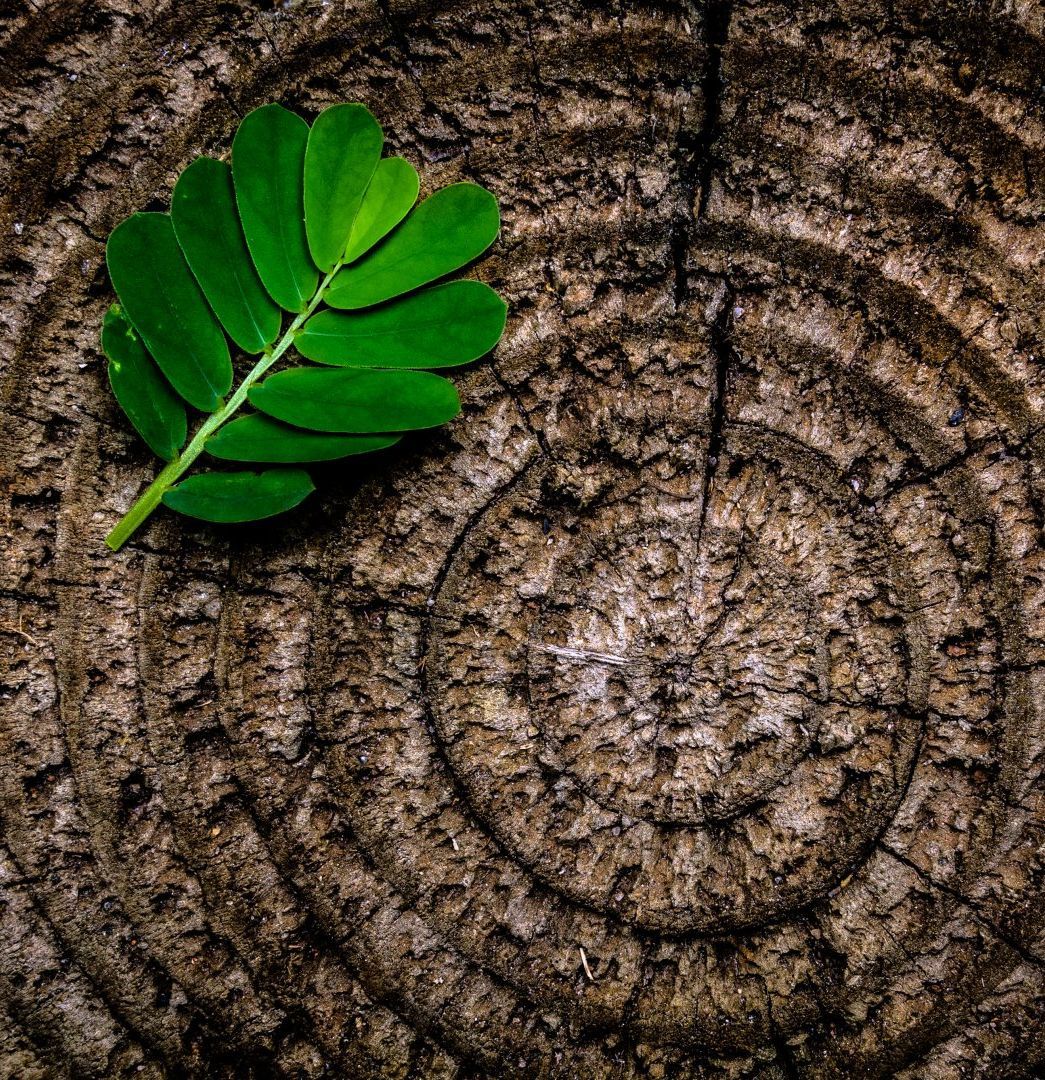
When it’s time to cut down your tree, you’ll want to think ahead and determine what to do with the stump. You could have it ground down or removed by the tree service, or you could preserve and repurpose it in your yard. Consider the following: • How tall of a stump do you want to keep? • If you are planning to landscape or hardscape, will the stump interfere with or complement your project? Here are five ways to creatively repurpose your tree stump: Plant a Tree in Your Tree Stump This may seem odd, but when your stump begins to decay in the center, you can plant a sapling or robust outdoors plant right in the stump. Simply cover the roots with nutrient-rich compost and silty soil, water two to three times per week. This would most likely work best in a stump cut within one to two-feet of the ground. Taller stumps would work for climbing or crawling plants. Tree Stump Plant Pedestal Showcase your favorite potted plants by placing them atop the stump. You can also use your stump as a location for your indoor plants to get some sun. The stump height for this use would depend on your preference. The cut across the stump should be as level as possible for maximum stability. Tree Stump Statue Pedestal One way to give your garden statue a more organic look is to use your tree stump as its pedestal. You can complement your statue with surrounding plants or climbing vines. The stump height for this idea will depend on the statue’s weight and your ability to anchor it to the stump. The statue’s stability will also depend on a level cut across the stump. Tree Stump Backyard Art Your tree stump can be used to display letters, trinkets, figurines, or any outdoor collectibles. You could even place some lawn chairs around the stump and serve up some tea. The stump height for this use will depend on what you intend to display and how within reach you want it. Tree Stump Carving Art If you’re into carving, a tree stump will offer you a “blank canvas” and a chance to show off your creative skills. Stump height for this project depends on what you plan to carve.

